Mexico’s varied terrain is the site of some of Earth’s most intriguing underground marvels. From enormous caverns with stalactites to crystal-clear cenotes, Mexico’s Caves present adventures and nature lovers with experiences unlike any other. Not only do these underground wonders present natural beauty, but they also have historical and cultural significance. In this guide, we will discover the top 10 most well-known Caves in Mexico, their distinctive characteristics, and why they are ranked among the most significant caves in Mexico.
Top 10 Caves In Mexico
Discover top 10 caves in Mexico, from ancient Mayan sites to breathtaking underground rivers, perfect for adventure and nature lovers.
1. Grutas De Cacahuamilpa
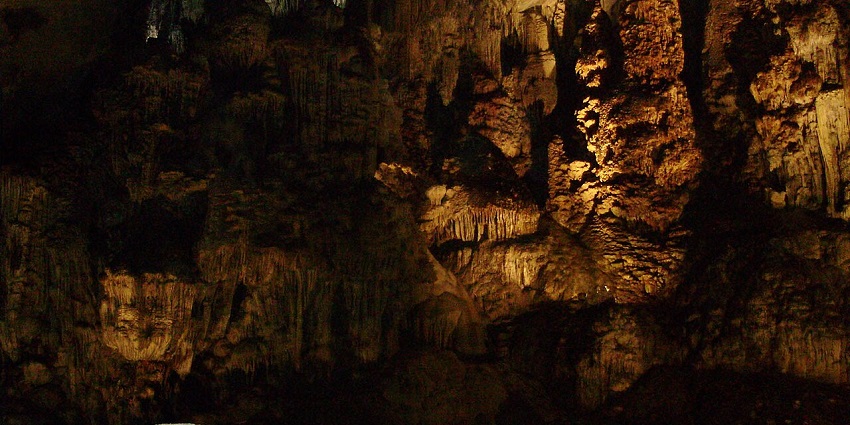
Photo: Mexicah / Wikimedia Commons
Grutas de Cacahuamilpa, one of Mexico’s biggest caves, is found in Guerrero. With its extensive chambers and spectacular formations, it’s one of the most renowned caves in Mexico. Tourists are fascinated by its cathedral-like chambers, beautiful stalactites, and stalagmites that have taken millions of years to develop. The place is picturesque and high on the list of significant Caves in Mexico because of its cultural and geological significance. Guided tours and lighted trails provide an ideal introduction to the splendor of Caves in Mexico. As one of the most popular caves in Mexico, it promises an enchanting underground experience.
Location: Guerrero, Mexico
Entry Fees: Approx. $100 MXN / ₹500
Timing: Open daily; guided tours available hourly
2. Cave Of The Crystals / Naica Mine
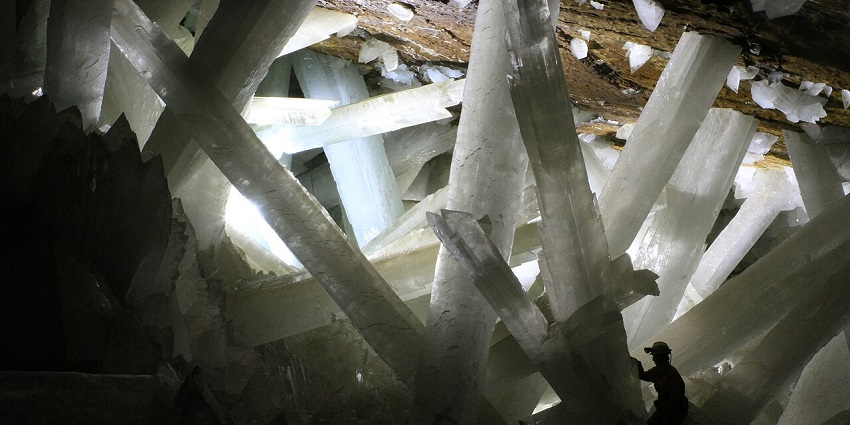
Photo: Alexander Van Driessche / Wikimedia Commons
The Chihuahua’s Cave of the Crystals is one of the most bizarre caves in Mexico. It was found in the Naica Mine and contains the world’s largest crystals naturally occurring—some measuring 11 meters long. This marvel, though not open to the public, is still one of the most popular Caves in Mexico due to its scientific importance. The conditions are so extreme that it is uninhabitable, yet its uniqueness qualifies it as among Mexico’s most significant Caves. Geologists and cave enthusiasts consider it a treasure trove among all caves in Mexico. Although tourists can’t go inside, it remains one of the most discussed caves in Mexico.
Location: Chihuahua, Mexico
Entry Fees: Not open to the public
Timing: Restricted to scientific research
3. Sistema Sac Actun
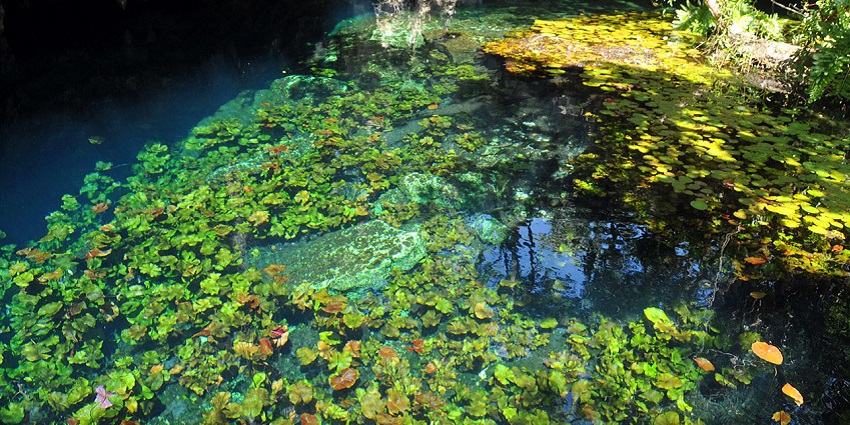
Photo: anjči / Wikimedia Commons / Image For Representation Only
Sistema Sac Actun is the world’s and Mexico’s longest-known underwater cave system, which stretches more than 350 km. In the state of Quintana Roo, it’s a diver’s haven and a prime choice among the popular caves in Mexico. The cave complex contains passages, sinkholes, and cenotes, making it geologically and archaeologically significant. It has yielded Mayan artifacts and human skeletons, making it one of Mexico’s most significant Caves. It is only accessible through guided cave dives, and professionals and nature enthusiasts worship it. Among the Caves in Mexico, this cave reveals the secrets of the subterranean world.
Location: Quintana Roo, Mexico
Entry Fees: Varies (via dive operator)
Timing: Year-round; guided tours only
4. Sótano De Las Golondrinas
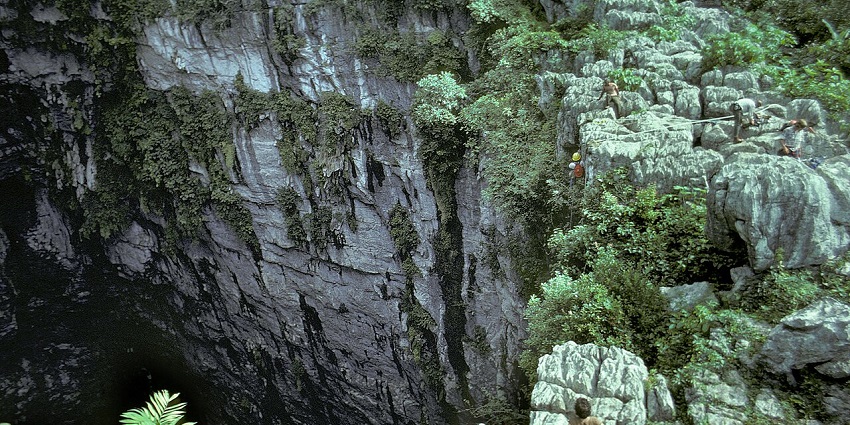
Photo: Dave Bunnell / Wikimedia Commons
Sótano de las Golondrinas, or Cave of Swallows, is one of Mexico’s deepest vertical caves, dropping more than 370 metres. In San Luis Potosí, it’s also one of Mexico’s most visually striking, well-known caves. Thousands of birds swirl out every morning in a sight to behold. This pit cave draws BASE jumpers and spelunkers, solidifying its status as one of the most significant caves in Mexico. Its exceptional biodiversity and adventure sport value render it unique among all Caves in Mexico. If you are looking for exciting Caves in Mexico, this is at the top of the list.
Location: San Luis Potosi, Mexico
Entry Fees: Around $50 MXN / ₹250
Timing: Open daily; best at sunrise
5. Grutas De García
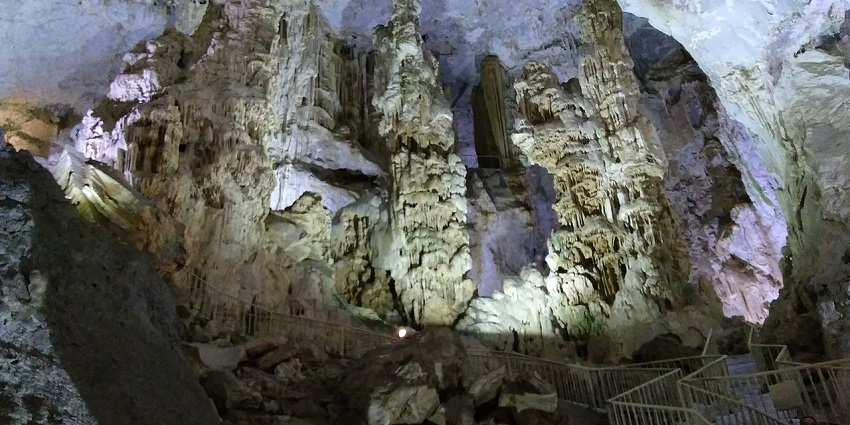
Photo: Phyrexian / Wikimedia Commons
Grutas de García, close to Monterrey, are beautiful caves in Mexico in the mountains of Nuevo León. Accessible by cable car, they are lined with stalactites and stalagmites that took millions of years to form. These caves are among Mexico’s most popular and renowned because they are easily accessible and of historic importance. Guided tours provide information about their 60-million-year-old formations, making them one of the most famous caves in Mexico. It has well-illuminated interiors and stunning formations, giving it a high rating when recommending caves in Mexico to visit.
Location: Nuevo Leon, Mexico
Entry Fees: Approx. $80 MXN / ₹400
Timing: Open daily with tours every hour
6. Grutas Tolantongo
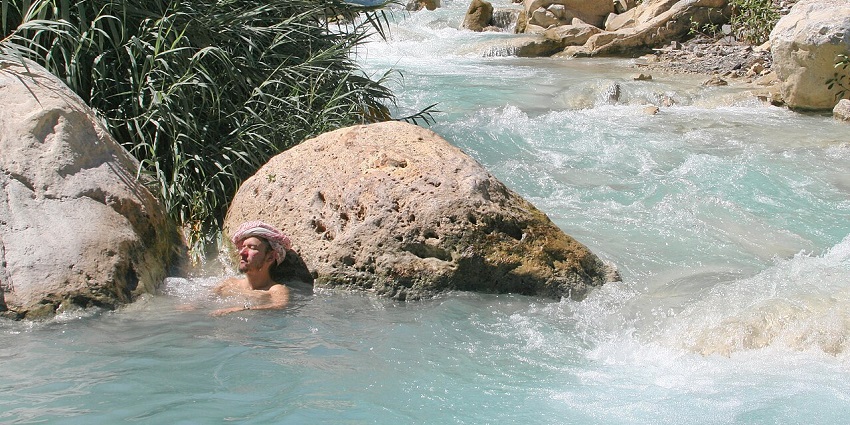
Photo: Carlos Adampol Galindo / Wikimedia Commons
Grutas Tolantongo in Hidalgo is one of the picturesque caves in Mexico and a hot spring heaven. Nestled among mountains, this cave has thermal pools, rivers, and secret passageways. Among the popular caves in Mexico, it is unique in offering adventure and relaxation. Travellers adore the warm waters that run through the cave, providing a spa experience. This is also among the significant caves in Mexico because of its geological variety and eco-tourism potential. The site is ideal for a family vacation; tourists visit the cave and nearby pools.
Location: Hidalgo, Mexico
Entry Fees: Approx. $150 MXN / ₹750
Timing: 7 AM – 8 PM, daily
7. Cenote Dos Ojos

Photo: eugene_o / Wikimedia Commons
Cenote Dos Ojos, close to Tulum, is one of the most legendary caves in Mexico, especially for divers. Its name translates to “Two Eyes,” as it is named after the two sinkholes that serve as openings to a vast underwater cave system. It’s one of the most popular caves in Mexico for snorkelling and scuba diving due to its crystal-clear waters and breathtaking limestone formations. The cenote is also a great favourite among the significant caves in Mexico because it is a site of great significance to the ancient Mayan civilization.
Location: Tulum, Quintana Roo
Entry Fees: Approx. $350 MXN / ₹1,750
Timing: 8 AM – 5 PM, daily
8. Grutas De Loltun

Photo: Alicia Navarrete Alonso / Wikimedia Commons
Grutas de Loltun in Yucatan are among the richest in history. Famous for their prehistoric Mayan artifacts and wall paintings, the caves transport people through time. One of Mexico’s most renowned caves, it features prehistoric art, fossils, and tools. The destination is informative and culturally important, among the significant caves in Mexico for archaeology fans. The natural formations are breathtaking, and guided tours provide information regarding Mayan heritage. Grutas de Loltún harmoniously blends history and nature and thus should not be missed while visiting caves in Mexico.
Location: Oxkutzcab, Yucatán
Entry Fees: Approx. $120 MXN / ₹600
Timing: 9 AM – 4 PM, daily
9. Cueva Del Diablo
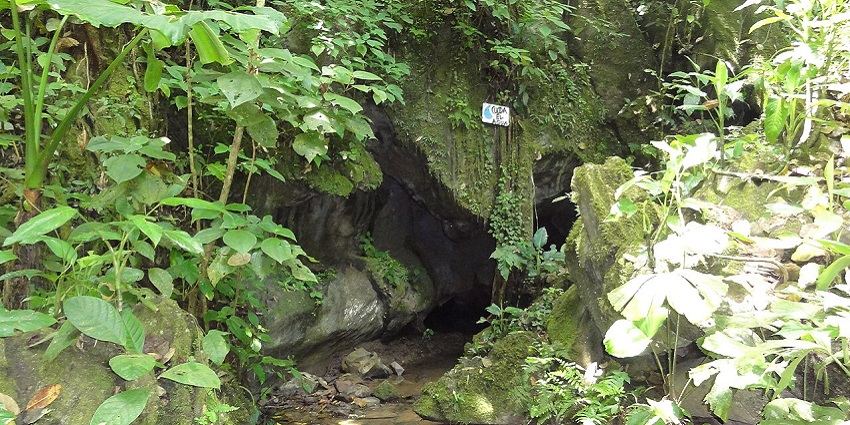
Photo: Alejandro Rojas Dagg / Wikimedia Commons
Cueva del Diablo is one of the most enigmatic caves in Mexico. According to legend, it used to be a den for bandits and even had supernatural stories to tell. Myths aside, it is still one of the well-known caves in Mexico due to its haunting environment and natural scenery. With its dark passages and constricted tunnels, it provides an extraordinary experience. For offbeat caves in Mexico, this one offers adventure and mystery. A trip to Cueva del Diablo sums up Caves’s dark face in Mexico.
Location: Amecameca, State of Mexico
Entry Fees: Free
Timing: Daytime visits only
10. Grutas De Xtacumbilxunaan
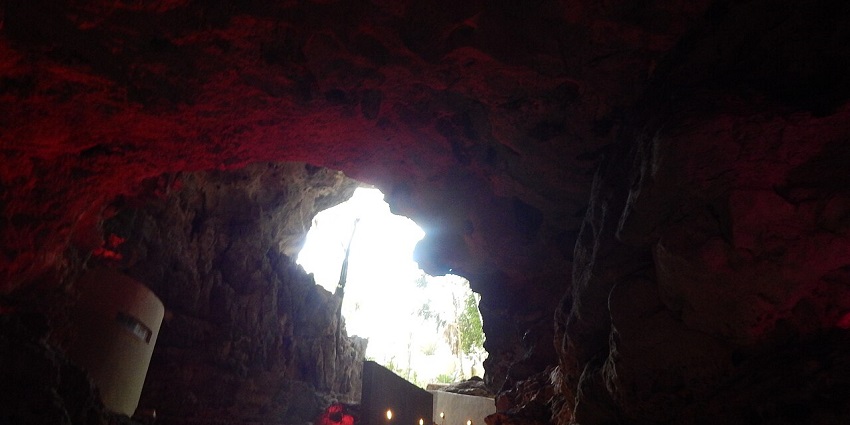
Photo: Nubiachaparro / Wikimedia Commons
Grutas de Xtacumbilxunaan, or “hidden woman” in Mayan, is one of the lesser-visited gems of caves in Mexico. Located in Campeche, it is famous for its mysterious beauty, vast caverns, and interesting rock formations. While not so congested, it’s one of the most popular caves in Mexico for those who like exploring at a relaxed pace. Guides inform tourists about legends associated with Mayan superstitions, adding depth to the tourist experience. If you’re seeking peaceful and sacred caves, Xtacumbilxunaan is well worth the journey.
Location: Campeche, Mexico
Entry Fees: Approx. $40 MXN / ₹200
Timing: 9 AM – 5 PM, daily
Visiting the Caves in Mexico provides an unforgettable combination of natural wonders, cultural richness, and hair-raising adventure. From mystical cave depths in Grutas de Cacahuamilpa to diving marvels in Cenote Dos Ojos, these renowned caves in Mexico provide a compelling angle on Mexico beyond beaches and towns. They are not just tourist spots but geological wonders and spiritual sanctuaries. So, pack your bag and get ready to uncover the hidden secrets of these awe-inspiring caves in Mexico.
Cover Photo: Jirka Matousek / Wikimedia Commons


 WhatsApp
WhatsApp
 Twitter
Twitter









